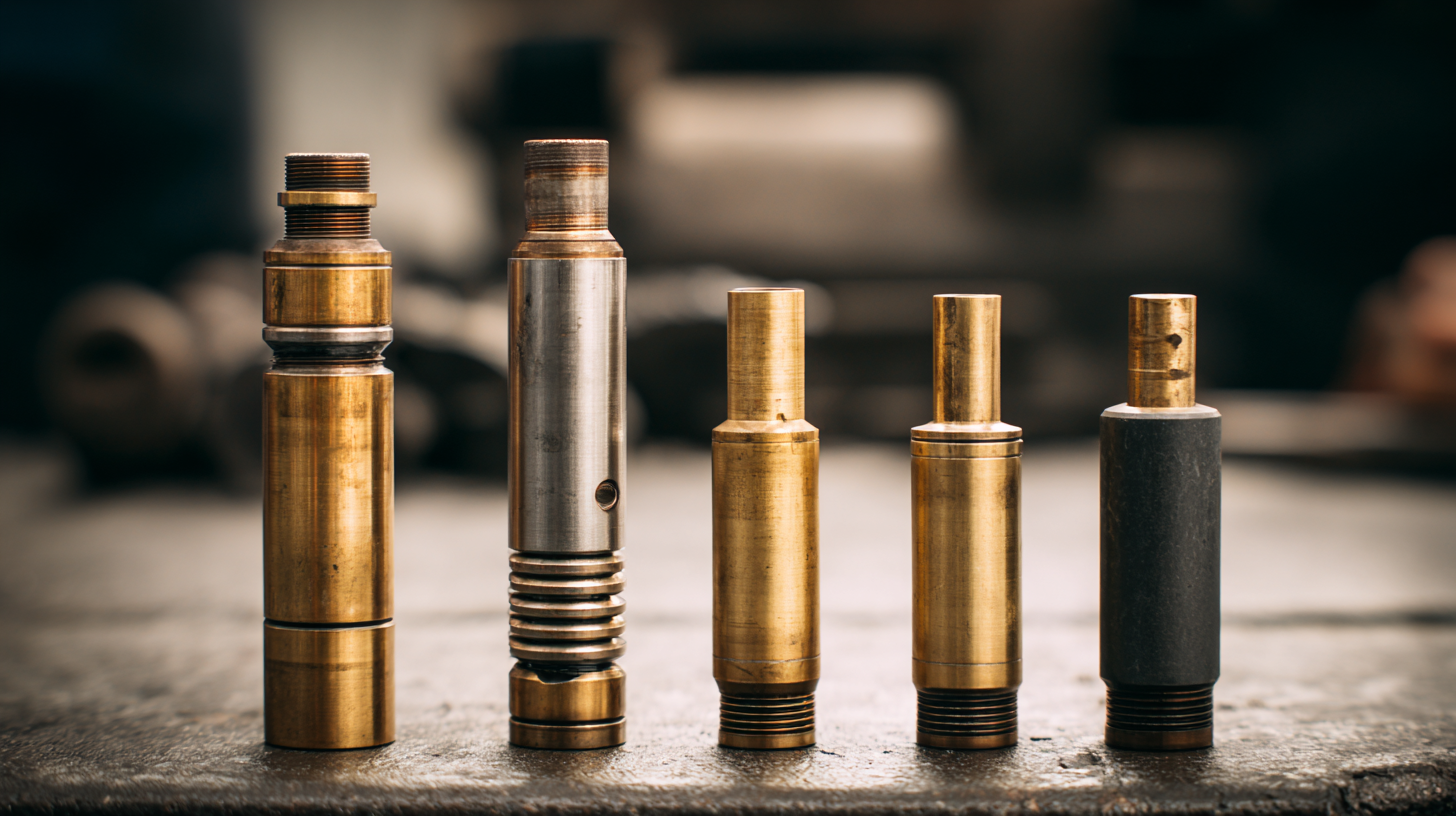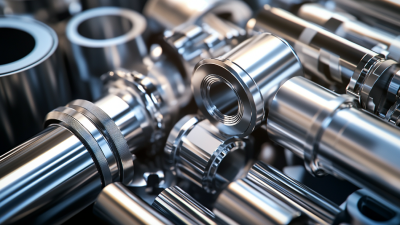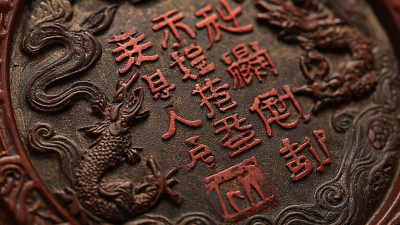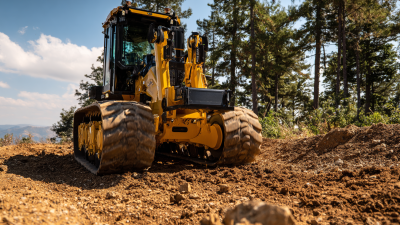 +86 13794985240
+86 13794985240
Leave Your Message
-
 CONTACT NUMBER
CONTACT NUMBER -
 CONTACT NUMBER
CONTACT NUMBER -
 CONTACT NUMBER
CONTACT NUMBER



When it comes to maintaining the efficiency and longevity of your equipment, selecting the right Cylinder Seal Kits is crucial. These kits play a pivotal role in preventing leaks and ensuring optimal performance in hydraulic and pneumatic systems. However, the process of choosing the appropriate seals can often be overwhelming due to the variety of options available on the market. Factors such as the type of equipment, operating conditions, material compatibility, and seal design all contribute to the decision-making process. In this blog, we will guide you through key considerations to keep in mind while selecting Cylinder Seal Kits, enabling you to make informed choices that enhance the reliability and productivity of your machinery. Whether you are a seasoned technician or a new equipment owner, mastering the selection of seal kits will not only save you time and money in repairs but also boost your equipment's overall performance.
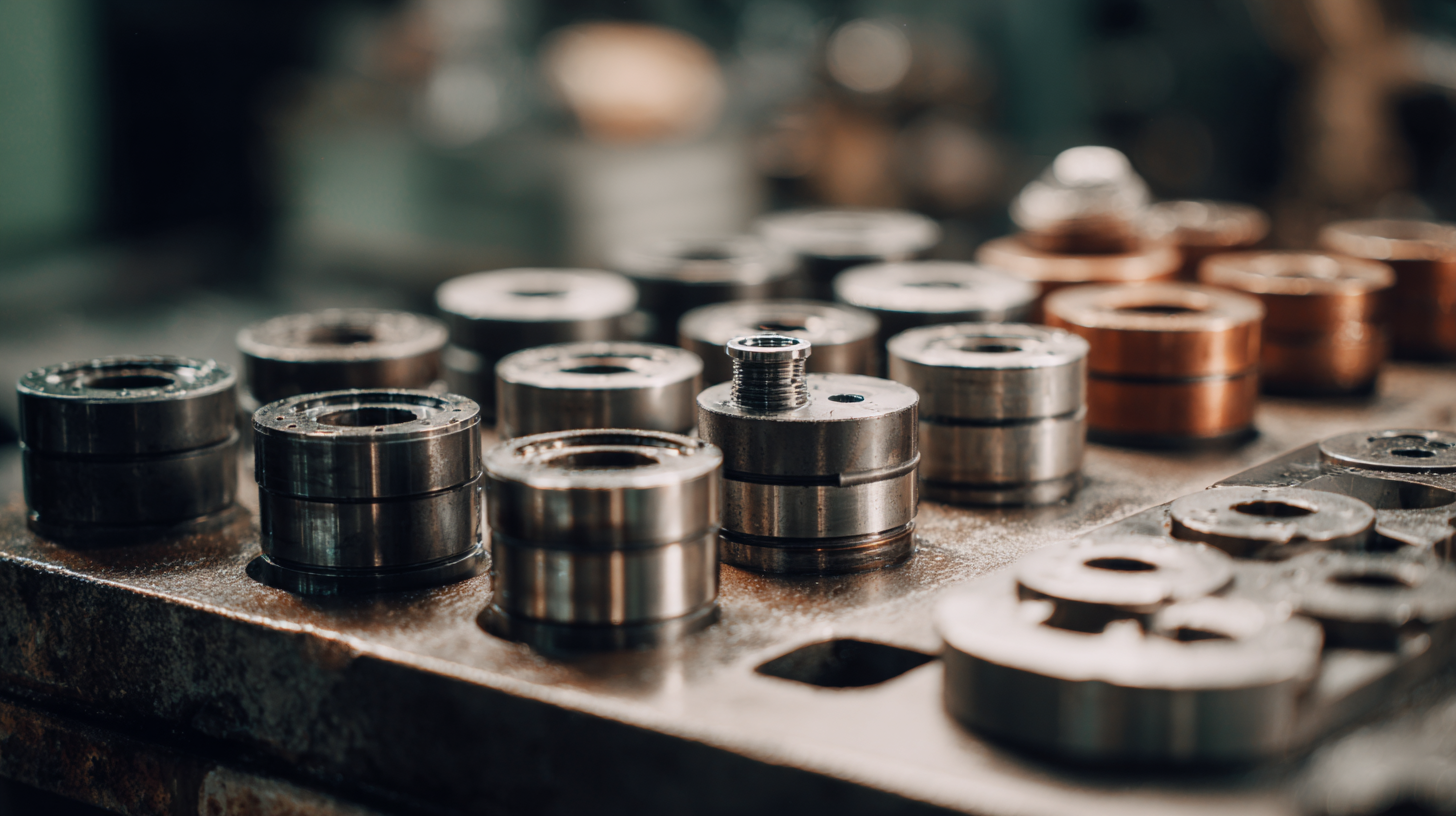
When selecting the right cylinder seal kits for your equipment, it's crucial to understand the various types available in the market. Cylinder seal kits can vary significantly based on the application and the environmental conditions they will be exposed to. For instance, seals made of nitrile rubber are ideal for standard hydraulic applications, whereas Viton seals are better suited for high-temperature environments and aggressive fluids. Understanding the material composition and its compatibility with your equipment's operational requirements can greatly enhance performance and longevity.
Moreover, cylinder seal kits are designed for specific types of machinery, such as hydraulic cylinders, pneumatic systems, and industrial equipment. Each type of equipment has unique pressure and temperature specifications that the seals must withstand. It’s essential to consider factors like the diameter, stroke length, and mounting style of your cylinders to ensure a proper fit. Additionally, make sure to review the manufacturer's recommendations for compatible seal kits to avoid costly downtime from improper installations or seal failures.
When selecting cylinder seal kits for your equipment, there are several key factors to consider to ensure optimal performance and longevity. First,
compatibility is crucial; you must identify the exact specifications of your equipment and match it with the appropriate seals. This includes understanding the size, shape,
and material composition of the seals, as different applications may require specific materials that can withstand varying temperatures and pressures.
Another essential aspect to consider is the environment where the equipment operates. Exposure to chemicals, dirt, and extreme temperatures can affect seal performance,
so choosing materials that are resistant to these conditions is vital. For instance, rubber compounds like nitrile or
fluorocarbon may be ideal for certain applications, while others might benefit from polyurethane
or silicone seals. Additionally, always check the manufacturer's recommendations and user reviews to gauge the reliability and
effectiveness of the seals you're considering. This informed approach will help you select the right cylinder seal kits that not only fit your equipment but also
enhance its efficiency and durability.
When assessing the quality and compatibility of cylinder seal kits, it is crucial to consider both the material properties and the operational conditions to which the seals will be subjected. Recent intensive testing conducted by a leading manufacturer highlights the importance of durability and reliability when seals are exposed to various temperatures and pressures. Reports indicate that seals made from high-quality elastomers can withstand significant temperature fluctuations, maintaining performance integrity as high as 180°C in some formulations. This is vital for users in industries like manufacturing and hydraulics, where equipment longevity and reliability are paramount.
Compatibility is another key factor when selecting cylinder seal kits. The materials used in seal manufacturing must not only be durable but also compatible with the specific fluids they will interact with. For instance, the chemical resistance of the seals plays a significant role in preventing degradation over time. Recent studies show that improper seal material can lead to premature failure, resulting in increased operational costs. Therefore, manufacturers should ensure that the seals they choose are rigorously tested against the chemicals they will encounter, as highlighted by best practices in the medical packaging industry, where regulatory standards dictate comprehensive compatibility assessments.
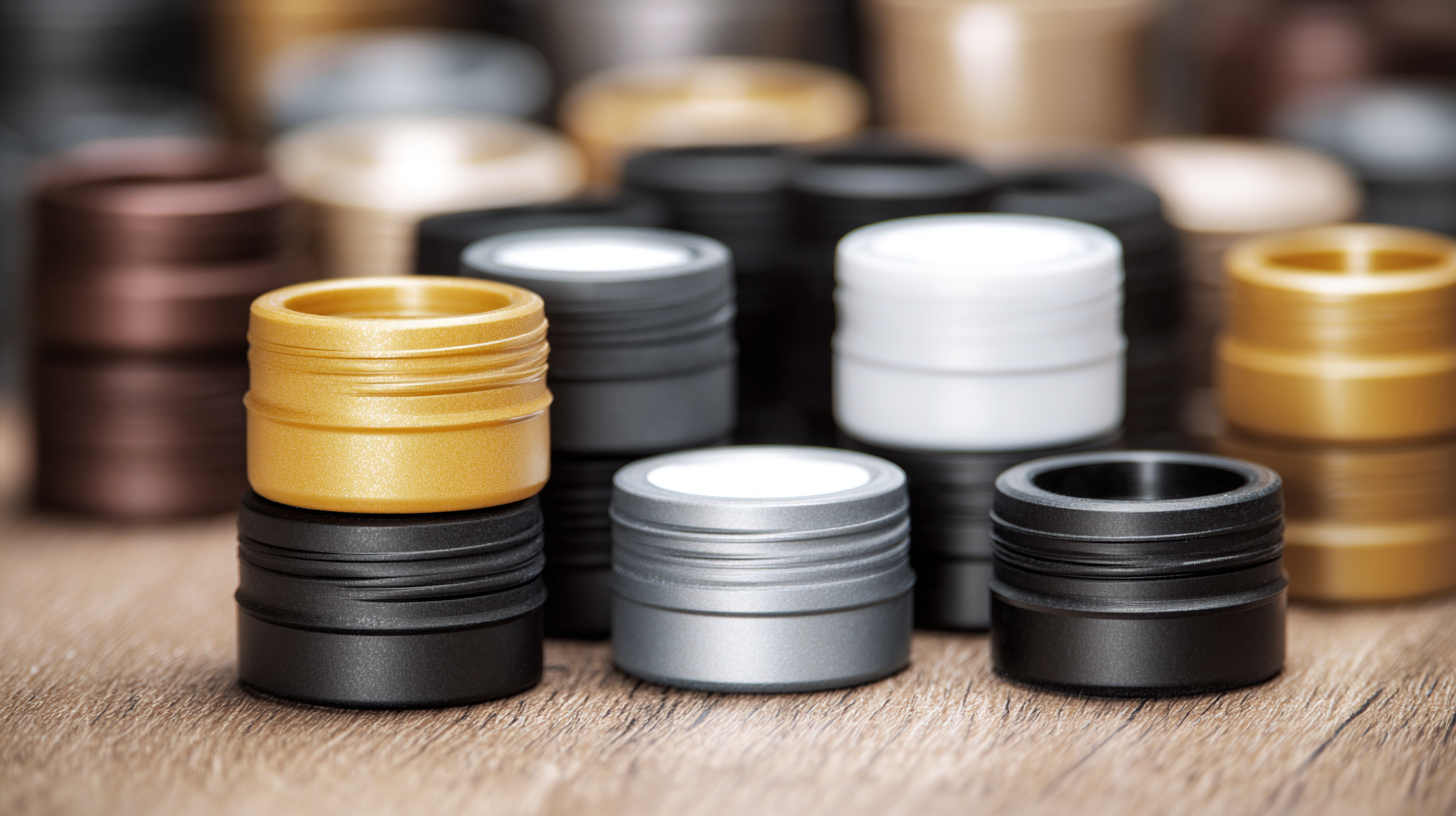
When it comes to selecting the right cylinder seal kits for equipment, adhering to manufacturer specifications is crucial. According to a report by the International Fluid Power Society (IFPS), approximately 70% of equipment failures can be traced back to improper sealing solutions. This statistic highlights the significant role that the correct specifications play in ensuring longevity and efficiency in your machinery. Each manufacturer designs their equipment with specific tolerances and materials that affect how the seals perform under various operational conditions.
Moreover, failure to consider manufacturer guidelines can lead to costly downtime and repairs. A study by the National Institute for Occupational Safety and Health (NIOSH) found that facilities using non-compliant or mismatched seal kits experience up to 20% more frequent maintenance incidents than those adhering to recommended specifications. Understanding the technical details provided in the manufacturer’s documentation not only promotes optimal functionality but also enhances safety, reducing risks associated with fluid leakage and subsequent failures.
Proper installation and maintenance of cylinder seal kits are crucial for the longevity and efficiency of your equipment. According to a report by the National Fluid Power Association (NFPA), improper sealing accounts for approximately 30% of hydraulic failure in industrial machinery. To ensure a successful installation, it is essential to clean all surfaces thoroughly and inspect the components for any wear before assembly. Using the correct tools to avoid damage during the installation process can significantly reduce the risk of future leaks or failures.
Maintenance plays a key role in the performance of cylinder seal kits. The International Organization for Standardization (ISO) suggests establishing regular inspection schedules to check for signs of wear, such as oil leaks or abnormal noises, which can indicate seal degradation. Additionally, lubricating seals with the appropriate hydraulic fluid as specified by the equipment manufacturer can minimize friction and extend the seal life, thereby reducing maintenance costs and enhancing operational efficiency. By following these practices, equipment operators can maximize the reliability of their systems and avoid costly downtime.
